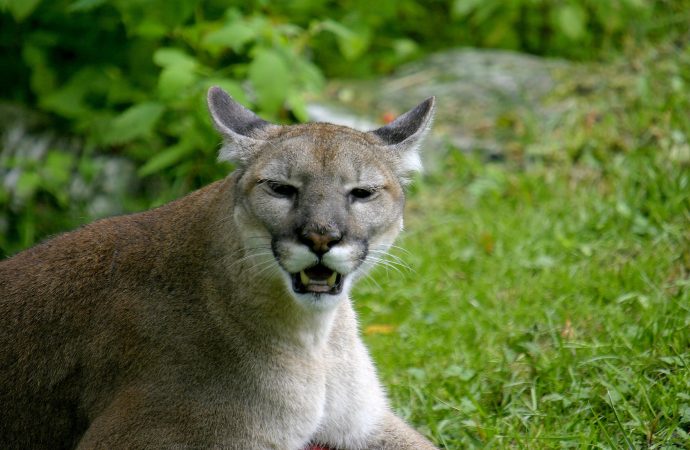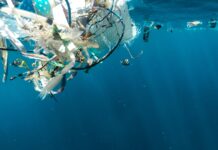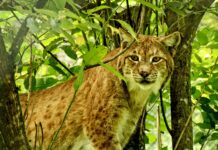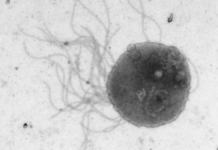The genome of the Florida panther has been sequenced for the first time by researchers from the University of Central Florida and the Ohio State University. The results, published in the journal G3: Genes, Genomes, Genetics, reveal the successful case of a conservation program.
In the 1990s, the Florida panther population was significantly reduced. As it usually happens with endangered species, the diversity of the genetic material of this population decreased, resulting in many malformations, such as heart failure, and low ability to survive and reproduce.
The Restoration Program
Part of the restoration program for the species included the introduction of eight female pumas (pumas and panthers are the same species but are known by different names in different regions) from Texas to breed with the Florida animals.
Scientists analyzed the genomes of five Texas panthers and five Florida panthers, including the DNA of two offspring that resulted from the crossing one Texas and one Florida panthers.
The results
The analysis allowed researchers to build a database of genes responsible for traits such as cardiac development, olfactory sense and immune response. More importantly, it showed that the individuals that resulted from breeding between Texas and Florida panthers have three times more genetic diversity than their predecessors.
The researchers point out that this increase in diversity is a clear case of a successful genetic restoration program: the introduction of the Texas individuals led to the establishment of healthier offspring. Being a top predator, the Florida panther has a crucial role in maintaining the balance in the ecosystem by eating large herbivores, such as the deer and, thus, the health of the panther populations is a big concern for environmentalists.
“We hope our data could be used as a tool for monitoring harmful DNA mutations in the current Florida panther population,” Alexander Ochoa, the study’s lead author and a postdoctoral research associate in the Department of Evolution, Ecology and Organismal Biology at The Ohio State University, says.
Note: The puma genome assembly is available in GenBank as accession PSOM00000000. View it here.
References:
Ochoa, Alexander, et al. “De Novo Assembly and Annotation from Parental and F1 Puma Genomes of the Florida Panther Genetic Restoration Program.” G3: Genes, Genomes, Genetics (2019): g3-400629.





